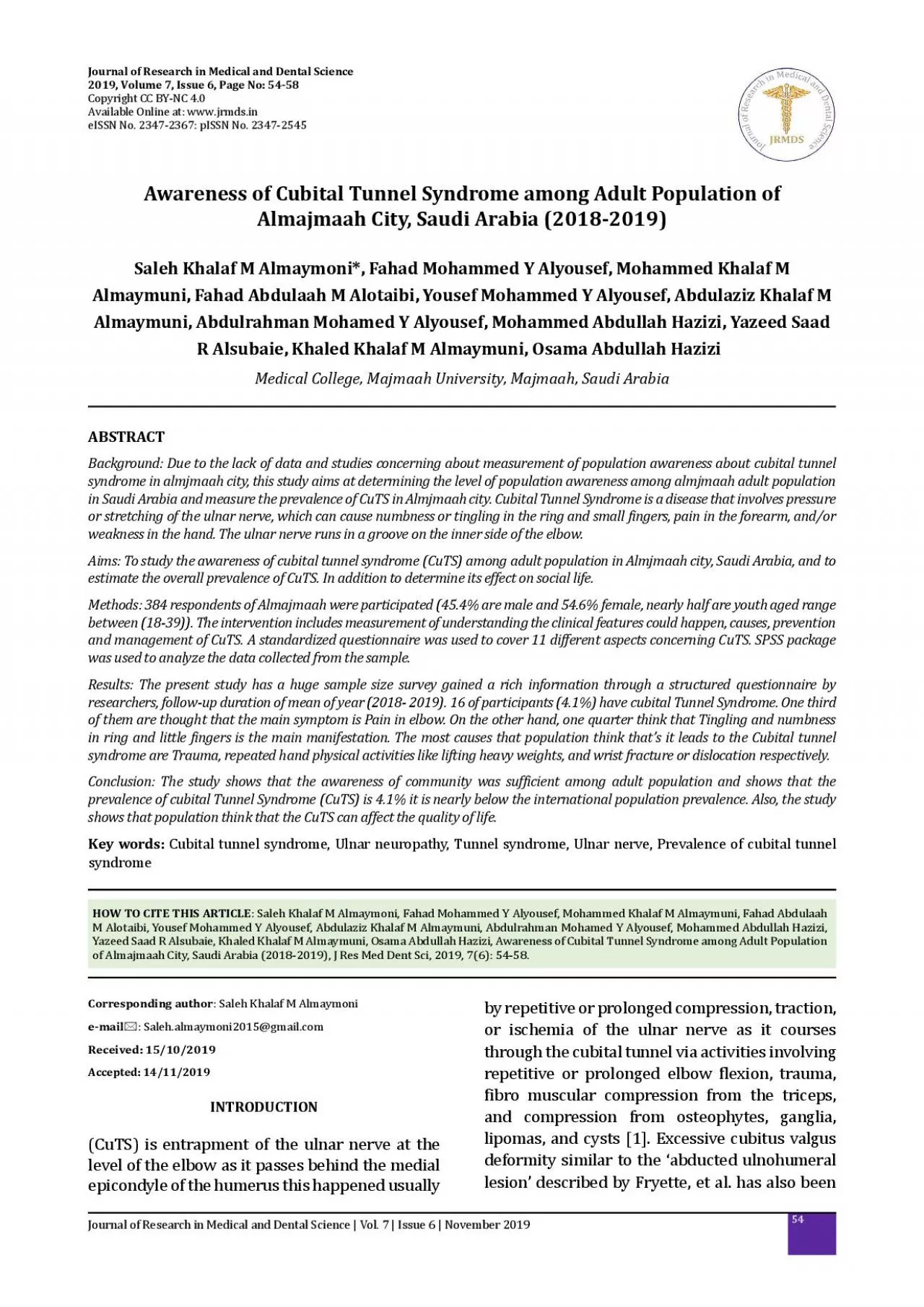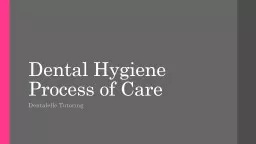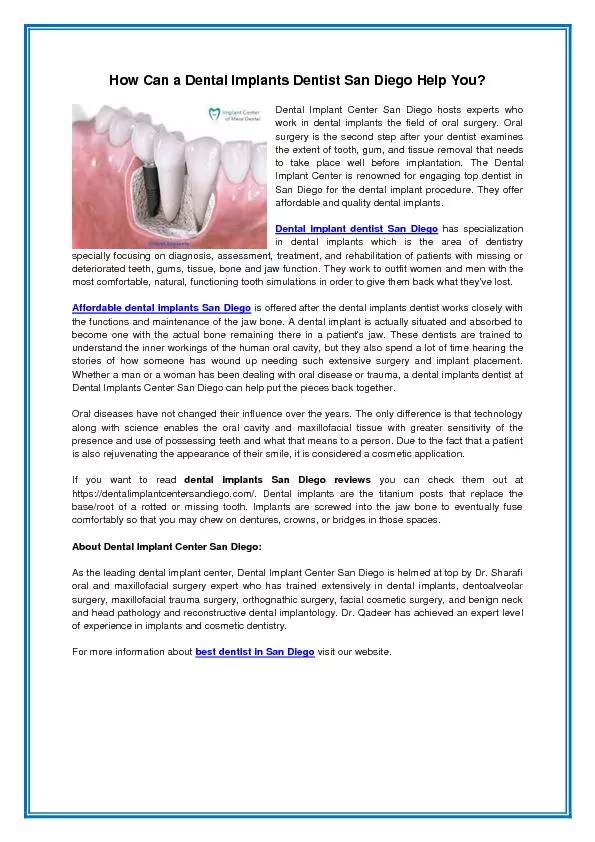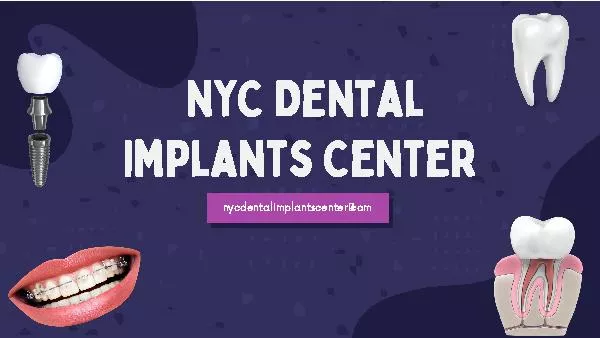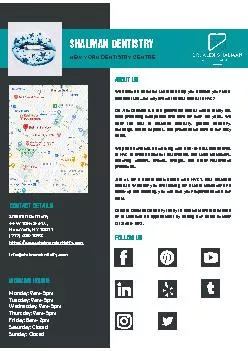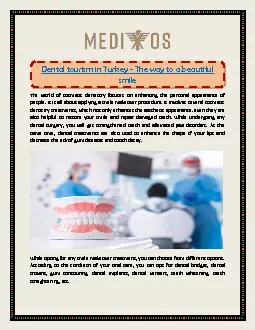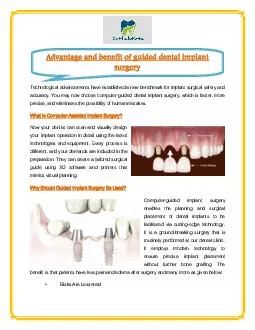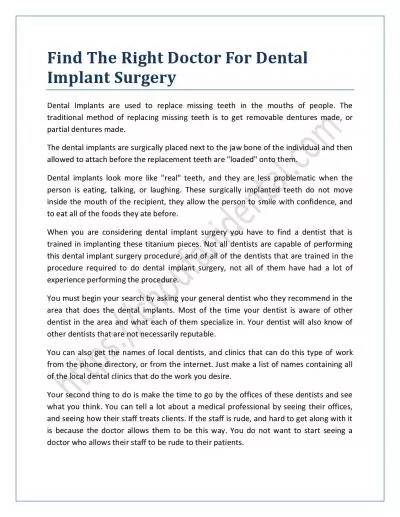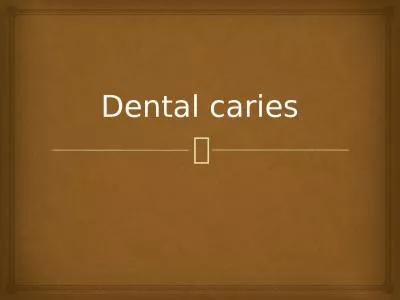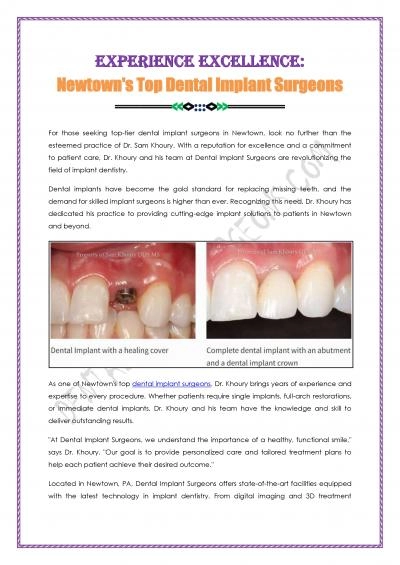PDF-54Journal of Research in Medical and Dental Science Vol 7 Issue 6
Author : samantha | Published Date : 2022-08-26
Corresponding author Saleh Khalaf M Almaymoniemailr Salehalmaymoni2015gmailcomReceived 15102019Accepted 14112019 ABSTRACT HOW TO CITE THIS ARTICLE Saleh Khalaf M
Presentation Embed Code
Download Presentation
Download Presentation The PPT/PDF document "54Journal of Research in Medical and Den..." is the property of its rightful owner. Permission is granted to download and print the materials on this website for personal, non-commercial use only, and to display it on your personal computer provided you do not modify the materials and that you retain all copyright notices contained in the materials. By downloading content from our website, you accept the terms of this agreement.
54Journal of Research in Medical and Dental Science Vol 7 Issue 6: Transcript
Download Rules Of Document
"54Journal of Research in Medical and Dental Science Vol 7 Issue 6"The content belongs to its owner. You may download and print it for personal use, without modification, and keep all copyright notices. By downloading, you agree to these terms.
Related Documents

